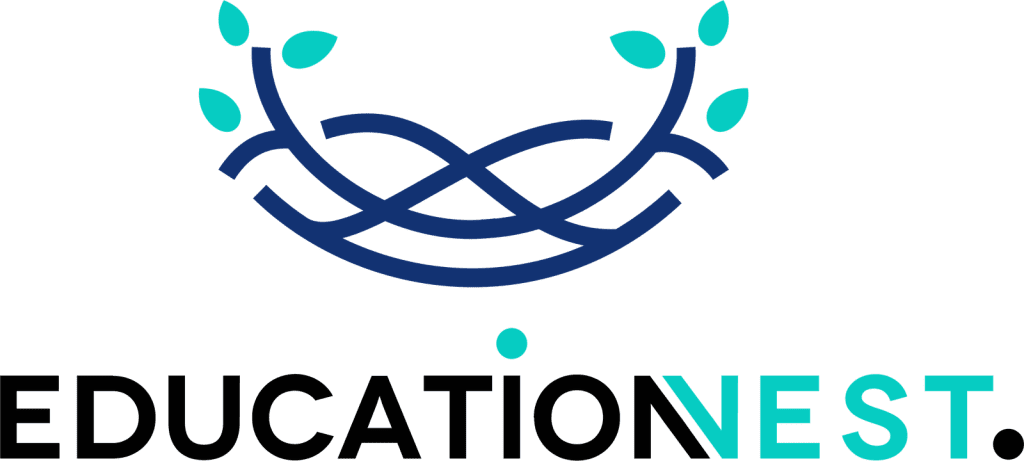In today’s fast-paced business world, companies are constantly looking for ways to stay ahead of the competition. While many focus on cutting-edge technology or aggressive marketing strategies, one of the most overlooked yet powerful tools for sustainable growth is employee development. Investing in your team’s growth isn’t just a nice-to-have—it’s a must for businesses that want to thrive in the long term.
This blog will walk you through why employee development is crucial for sustainable business growth, the challenges businesses face, and practical steps you can take to build a stronger, more capable workforce. Let’s get started.
Why Employee Development Matters
Boosts Employee Retention
One of the biggest pain points for businesses today is high employee turnover. Losing talented team members not only disrupts workflow but also costs time and money to recruit and train replacements.
When employees feel their skills are growing and their careers are advancing, they’re more likely to stay loyal to your company. A well-structured development program shows your team that you value their contributions and are invested in their future.
Improves Productivity and Performance
Employees who receive regular training and development opportunities are better equipped to handle their responsibilities. They gain new skills, stay updated on industry trends, and feel more confident in their roles. This directly translates to higher productivity and better performance across the board.
Encourages Innovation
A team that’s constantly learning is a team that’s constantly innovating. When employees are encouraged to develop their skills, they bring fresh ideas and creative solutions to the table. This can give your business a competitive edge in an ever-changing market.
Builds a Strong Company Culture
A focus on employee development fosters a culture of learning and growth. When employees see that their peers are also improving and advancing, it creates a positive, motivating environment. This kind of culture attracts top talent and keeps your team engaged.
Common Challenges in Employee Development
While the benefits are clear, many businesses struggle to implement effective employee development programs. Here are some common pain points and how to address them:
1. Lack of Time
Many companies feel they don’t have the time to dedicate to employee development. Between tight deadlines and daily operations, training often takes a backseat.
Solution: Start small. Incorporate short, focused training sessions into the workweek. Online courses, lunch-and-learns, or even 15-minute skill-building exercises can make a big difference over time.
2. Budget Constraints
Small businesses, in particular, may worry about the cost of training programs.
Solution: You don’t need a massive budget to invest in your team. Look for free or low-cost resources like webinars, podcasts, or industry blogs. You can also encourage peer-to-peer learning, where employees share their expertise with each other.
3. Unclear Goals
Without clear objectives, employee development efforts can feel scattered and ineffective.
Solution: Set specific, measurable goals for your development programs. For example, aim to improve customer service skills or increase technical proficiency in a certain software. Align these goals with your overall business objectives.
4. Lack of Employee Engagement
Sometimes, employees may not see the value in development opportunities or feel too overwhelmed to participate.
Solution: Communicate the benefits clearly. Show employees how these programs will help them grow in their careers. Make training sessions interactive and relevant to their daily tasks to keep them engaged.

Read More
Top 5 Power BI Dashboards for Business Insights You Can Create Today
Power BI and AI: How AI Is Changing Data Analysis
How to Build an Effective Employee Development Program
Now that we’ve addressed the challenges, let’s talk about how to create a development program that works.
1. Assess Your Team’s Needs
Start by identifying the skills and knowledge gaps within your team. Conduct surveys, hold one-on-one meetings, or use performance reviews to gather insights. This will help you tailor your program to meet your team’s specific needs.
2. Offer a Mix of Learning Opportunities
Not everyone learns the same way. Some employees prefer hands-on training, while others thrive in classroom-style settings. Offer a variety of options, such as:
– Online courses
– Workshops and seminars
– Mentorship programs
– On-the-job training
3. Encourage Continuous Learning
Employee development shouldn’t be a one-time event. Encourage a culture of continuous learning by providing ongoing opportunities for growth. This could include access to online learning platforms, regular skill-building sessions, or even book clubs focused on professional development.
4. Recognize and Reward Progress
Celebrate your team’s achievements, no matter how small. Recognizing progress boosts morale and motivates employees to keep learning. Consider offering incentives like bonuses, promotions, or public recognition for those who actively participate in development programs.
5. Measure the Impact
To ensure your program is effective, track its impact on both individual and business performance. Use metrics like employee satisfaction, productivity levels, and retention rates to gauge success. Regularly review and adjust your program based on feedback and results.
Real-Life Examples of Employee Development Success
1. Google’s “Googler to Googler” Program
Google encourages its employees to teach and learn from each other through its peer-to-peer learning program. This not only builds skills but also strengthens team connections.
2. Starbucks’ Tuition Reimbursement Program
Starbucks offers full tuition coverage for employees pursuing online degrees through Arizona State University. This investment in education has led to higher employee loyalty and satisfaction.
3. Zappos’ Holacracy Model
Zappos empowers its employees to take ownership of their roles and development through its self-management system. This approach fosters creativity and accountability.
The Long-Term Benefits of Employee Development
Investing in employee development isn’t just about solving today’s problems—it’s about setting your business up for long-term success. Here’s how it pays off:
- Attracts Top Talent: A reputation for investing in employees makes your company a magnet for skilled professionals.
- Increases Customer Satisfaction: Well-trained employees provide better service, leading to happier customers.
- Drives Business Growth: A skilled, motivated team is better equipped to help your business adapt and thrive in a competitive market.
Final Thoughts
Employee development is more than just a buzzword—it’s a strategic investment in your business’s future. By addressing common challenges and implementing a thoughtful development program, you can build a stronger, more capable team that drives sustainable growth.
Remember, the key is to start small, stay consistent, and keep your team’s needs at the forefront. When you invest in your employees, you’re not just helping them grow—you’re helping your business grow, too.
So, what’s your first step toward building a stronger team? Share your thoughts in the comments below!
By following these tips and focusing on employee development, you’ll not only improve your team’s performance but also create a workplace where people feel valued and motivated. And that’s a win-win for everyone.
